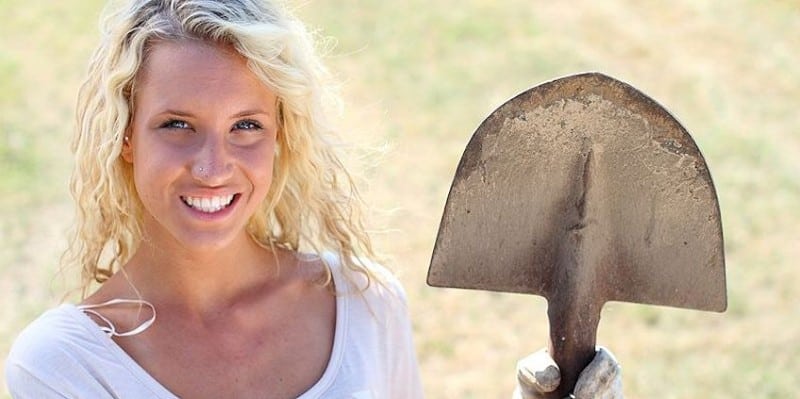Gardening Safety Means Hand Safety
Posted October 07, 2014 in Hand Safety

The American Society for Surgery of the Hand (ASSH) recommends that gardeners take the proper precautions to prevent hand-related injuries before digging or planting in the garden this spring.
According to the Consumer Product Safety Commission (CPSC), emergency rooms treat more than 400,000 outdoor garden-tool-related accidents each year. With proper safety techniques, you can stay away from the hospital and avoid becoming a statistic.
“While protection and safety is important in everyday life, proper hand care is particularly important in the garden,” says David M. Lichtman, MD, ASSH Vice President and chairman of the ASSH public awareness committee. “The key to keeping your hands safe and in good condition is common sense.”
“Just because you might be out relaxing in the garden doesn’t mean you should throw safety precautions to the wind. Before you start each task, simply ask yourself, ‘What can I do to keep my hands safe?’”
Follow these precautions to avoid injury, pain, and discomfort:
Wear gloves when working outside
Wearing the proper gloves will not only reduce blistering, but will also protect your skin from fertilizers and pesticides as well as bacteria and fungus which live in the soil. When exposed to soil, even the smallest cut or lesion runs the risk of developing into a major hand infection. Leather gloves offer protection from thorny objects; snake, rodent, and insect bites; poison ivy; and other skin irritants in the garden. Gloves also prevent sunburn and fingernail damage.
Avoid prolonged repetitive motions
Unless you are preconditioned or accustomed to the activity, repetitive motions, such as digging, raking, trimming hedges, pruning bushes, or planting bulbs, may cause skin, tendon or nerve irritation. Make sure your gardening activities are varied and tasks are rotated every 15 minutes with a brief rest in-between so that the same muscles are not used over and over again.
Watch for buried objects
Sharp objects and debris buried in the soil may cause tendon lacerations or punctures. Use a hand shovel or rake rather than your hand, itself, for digging.
Use the right tool for the right job
Avoid accidents by using tools for their intended purposes. When purchasing pruners, loppers, or shears, look for brands featuring a safety lock, and keep sharp tools away from children at all times.
Use proper ergonomic posture
“Postures” refers not only to your whole body position, but also to such things as the angle of your wrist while using hand tools. Grip strength is at its maximum when the wrist is in a relaxed or neutral position. Testing has shown that people lose up to 25% of their grip strength when their wrist is bent (source: Fiskars).
Avoid products with form-fitting handles
Many tools are made with finger grips molded into the handle to provide better slip resistance. These “form-fitting” grooves, however, only fit one size of hand perfectly. People with larger hands will find that their fingers overlap the ridges, causing pain, soreness, and calluses. Those with smaller hands will have to spread their fingers to match the grooves. Strength testing has shown that this spreading of the fingers significantly reduces grip strength, requiring more pressure to maintain control of the tool.
What to do in case of injury
Should you cut your finger or hand, bleeding from minor cuts will often stop on their own by applying direct pressure to the wound with a clean cloth.
Visit an emergency room or a hand surgeon if:
- Continuous pressure does not stop the bleeding after 15 minutes
- You notice persistent numbness or tingling in the fingertip
- You are unsure of your tetanus immunization status
- You are unable to thoroughly cleanse the wound by rinsing with a mild soap and plenty of clean water.